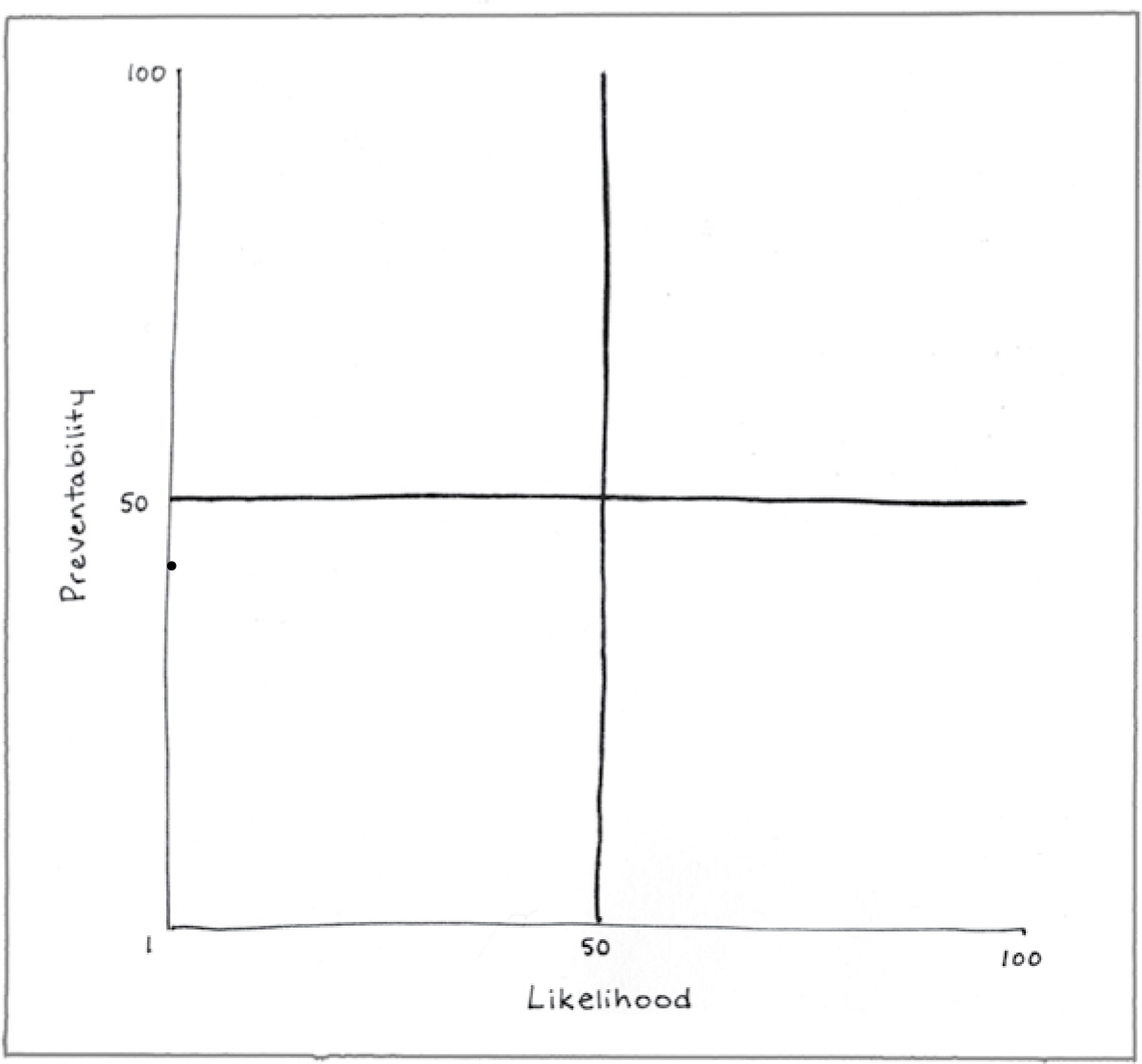8. PASTEURIZED MILK
To pasteurize milk, you need to heat it to 72 degrees Celsius (161.6 degrees Fahrenheit) and keep it there for at least 15 seconds. It’s a mild process because milk doesn’t boil until it reaches 212.3 degrees Fahrenheit, about the same as water. This gentle heating is sufficient to dramatically reduce the bacterial load of raw milk. It doesn’t make the milk sterile, but if you keep it in the refrigerator it won’t spoil for a few weeks. The adoption of milk pasteurization in the United States has led to a dramatic decline in food poisoning. In 1938, milk was estimated to be responsible for up to 25% of all foodborne illness in the U.S. Now it accounts for less than 1%. This is why it is illegal to sell unpasteurized milk in many states and restricted in most others.
Being sick less frequently seems like an unambiguously good thing. However, a small (but growing) number of people still insist on drinking unpasteurized (raw) milk. In fact, they are willing to pay a huge premium and, in some cases, drive to a farm to buy it. Proponents of raw milk claim that heating milk changes its taste and damages its nutritional quality. They further claim that consumption of raw milk is good for asthma, allergies, and digestive health. Sanitation, they say, is key to safety and as long as the milking process is clean, then the milk is not dangerous.
But science is not on their side. Science clearly shows that drinking raw milk is dangerous. Bacteria can get into milk in a number of ways. Contamination can occur if the cow has an infection. For example, milk can become contaminated if the cow has a systemic infection that is circulating in the bloodstream (and thereby gets into the milk), or a local infection of the udder (mastitis). Tests show that this can be the case even in clinically healthy cows. Bacteria can also get into milk if it comes into contact with human skin, like the hands of someone milking the cow. The most likely source of contamination, however, is fecal. If you have ever seen a cow up close, you know that they are not particularly fastidious about their toilet habits. Depending on how close you are, you might also notice that a cow’s udders are located underneath(ish) the anus. For this reason, it is very difficult, some say impossible, to eliminate fecal contamination from milk. Good sanitation can certainly help, but it isn’t a guarantee. Contamination is a sporadic event, so periodic testing doesn’t tell you all that much. A contamination event could happen the day before or the day after testing and it wouldn’t be detected.
This type of food poisoning is serious—it goes far beyond a bellyache. Some of the most common milk-borne infections are Listeria (which is especially dangerous in pregnant women because it crosses the placenta) and E. coli, which can easily put you in the hospital and is sometimes fatal, especially in children. The consequences, therefore, can be devastating.
The purported health benefits of unpasteurized milk are scientifically unsupported. The nutritional profile of pasteurized milk is basically the same as raw milk, and the evidence for specific health benefits is spotty and sometimes contradictory. At present, there is no scientific justification for consuming raw milk. The CDC and the FDA both have web pages with colorful infographics devoted to enlightening people to this fact.
Raw milk does taste different from pasteurized milk. Cheeses made from raw milk are especially prized, and many French cheeses, for example, are not pasteurized (oh the irony; Louis Pasteur was French). If you must have unpasteurized dairy products, then you partake at your own risk. However, the dangers of raw milk products (including cheese and yogurt) are well documented, so it’s best not to serve these foods at the kiddie table.
SUMMARY
Preventability (41)
In some states it is legal, if more difficult and expensive, to buy unpasteurized milk. However, in other states it is illegal.
Likelihood (1)
Unless you have a milk allergy or intolerance, it is exceedingly unlikely that you will suffer any adverse health outcomes from drinking pasteurized milk.
Consequence (1)
The consequences of drinking unpasteurized milk are potentially much more severe than those of drinking pasteurized milk.
REFERENCES
Centers for Disease Control and Prevention. (2015, March 10). Raw milk. Retrieved from https://www.cdc.gov/foodsafety/rawmilk/raw-milk-index.html
Claeys, W. L., Cardoen, S., Daube, G., De Block, J., Dewettinck, K., Dierick, K., . . . Herman, L. (2013). Raw or heated cow milk consumption: Review of risks and benefits. Food Control, 31, 251–262.
Lucey, J. A. (2015). Raw milk consumption. Nutrition Today, 50, 189–193.
Macdonald, L. E., Brett, J., Kelton, D., Majowicz, S. E., Snedeker, K., & Sargeant, J. M. (2011). A systematic review and meta-analysis of the effects of pasteurization on milk vitamins, and evidence for raw milk consumption and other health-related outcomes. Journal of Food Protection, 74, 1814–1832.
Verraes, C., Vlaemynck, G., Van Weyenberg, S., De Zutter, L., Daube, G., Sindic, M., Uyttendaele, M., & Herman, L. (2015). A review of the microbiological hazards of dairy products made from raw milk. International Dairy Journal, 50, 32–44.
